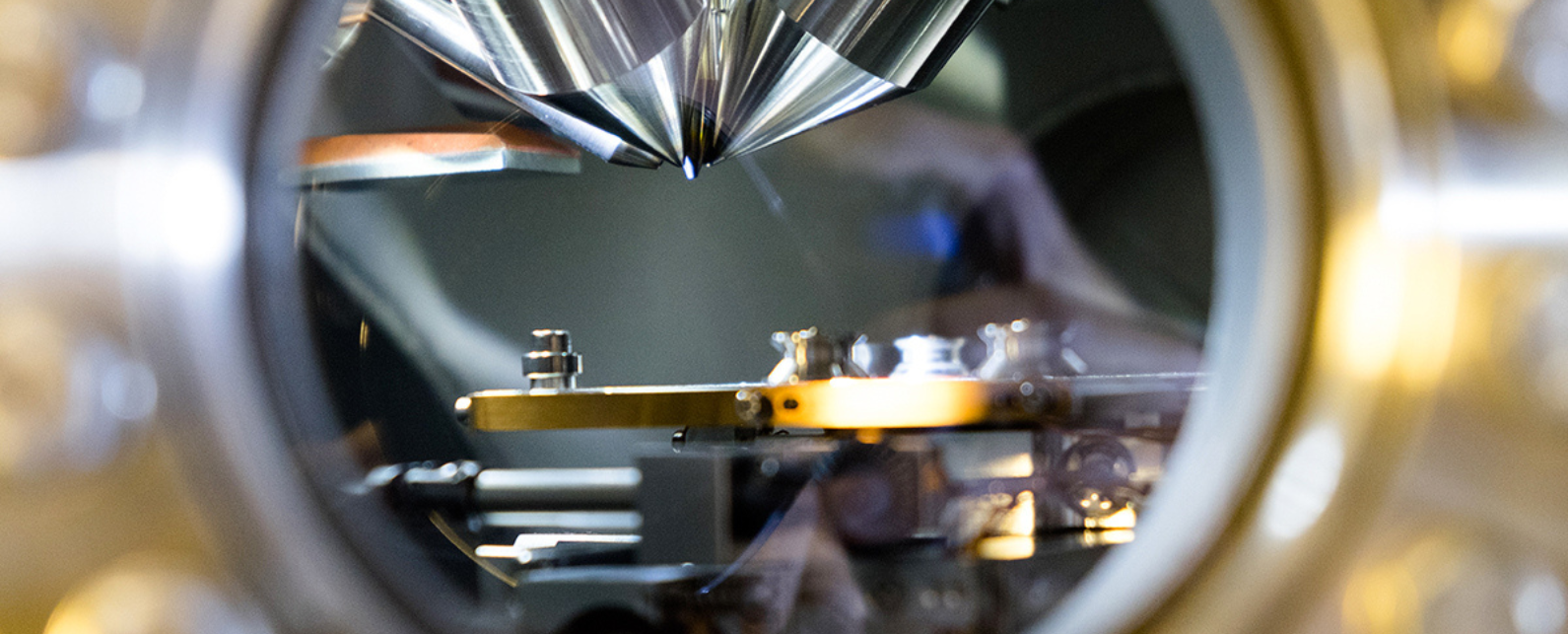
- No Results
- Global
-
Australia

-
Austria

-
Azerbaijan

-
Brazil

-
Belgium

-
Canada

-
Chile

-
China

-
Costa Rica

-
Croatia

-
Czech Republic

-
Denmark

-
ESTONIA

-
Finland

-
France

-
Germany

-
Hong Kong

-
Hungary

-
India

-
Italy

-
Ireland

-
Japan

-
Korea

-
Latvia

-
Lithuania

-
Malaysia

-
Mexico

-
Morocco

-
Netherlands

-
New Zealand

-
Norway

-
Philippines

-
Poland

-
Portugal

-
Romania

-
Singapore

-
Slovakia

-
Slovenia

-
Spain

-
Sweden

-
Switzerland

-
Taiwan

-
Turkey

-
United Kingdom

-
UNITED ARAB EMIRATES

-
United States

-
Vietnam

Surface Analysis
Contact usSurface chemistry plays an important role in ensuring the proper performance and safety of medical devices. Depending on the medical application, the surface chemistry can be adjusted to improve lubricity, support adhesion, prevent corrosion, and improve biocompatibility. Medical device R&D professionals are involved in developing new surface chemistries for specific applications, while medical device quality professionals may encounter product quality issues with a surface chemical component.
The Eurofins Medical Device Testing network of laboratories frequently encounters medical device professionals with the following questions about surface chemistry and properties:
- What is present on the surface?
- How thick is the surface coating?
- What is the surface coverage?
- How rough is the surface?
- How clean is the surface?
Eurofins Medical Device Testing has many years of experience and a diverse range of analytical capabilities allowing us to answer most questions regarding surface chemistry and morphology. Typical techniques used include:
- XPS/ESCA
- Auger
- TOF-SIMS
- FTIR
- Raman
- AFM
- Optical Profilometry
Choose Eurofins Medical Device Testing to help you:
- Evaluate the thickness and coverage of nitinol stent passivation layers
- Identify surface contaminants impacting adhesion
- Assess the morphology of lubricious hydrogel coatings or electropolished surfaces


